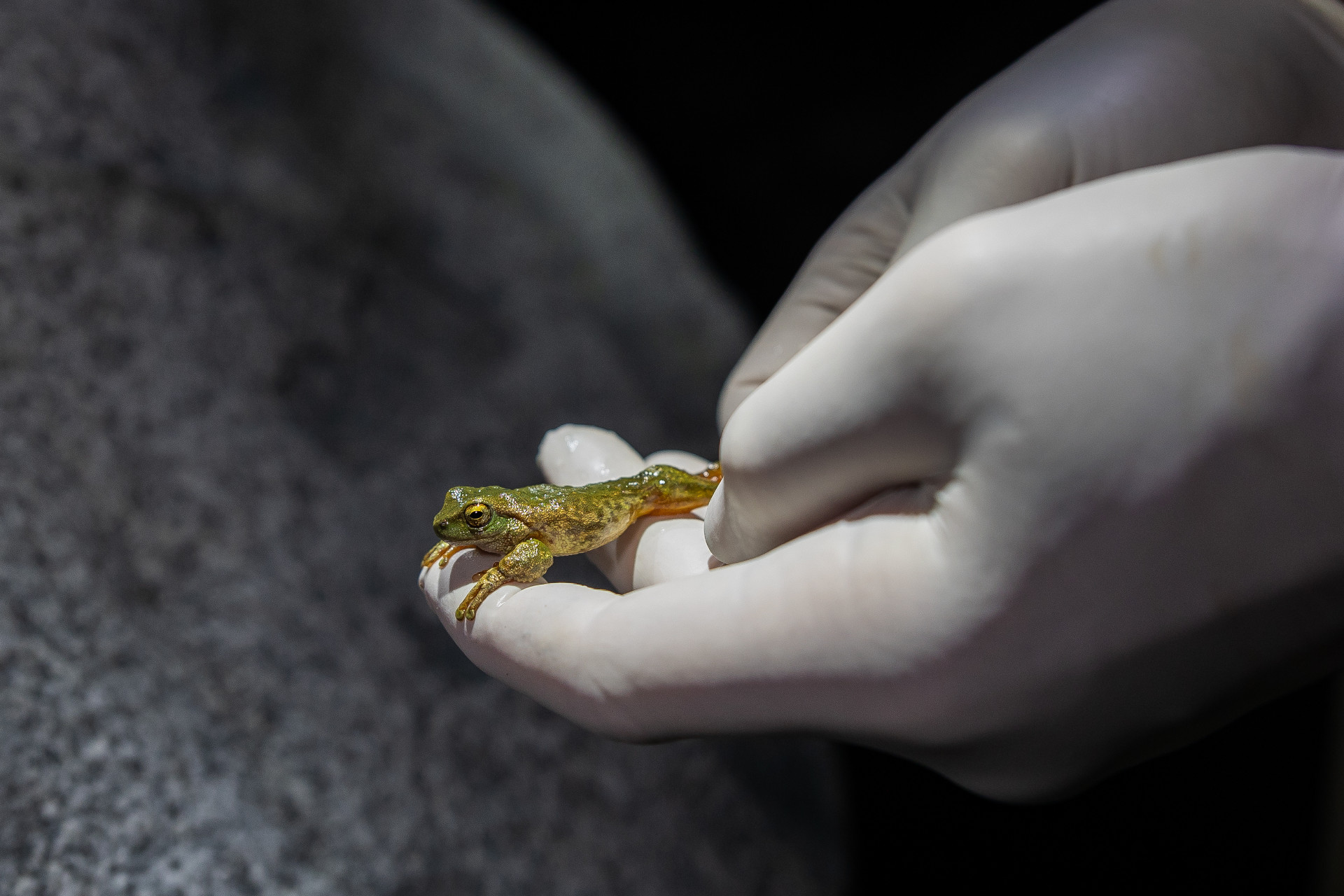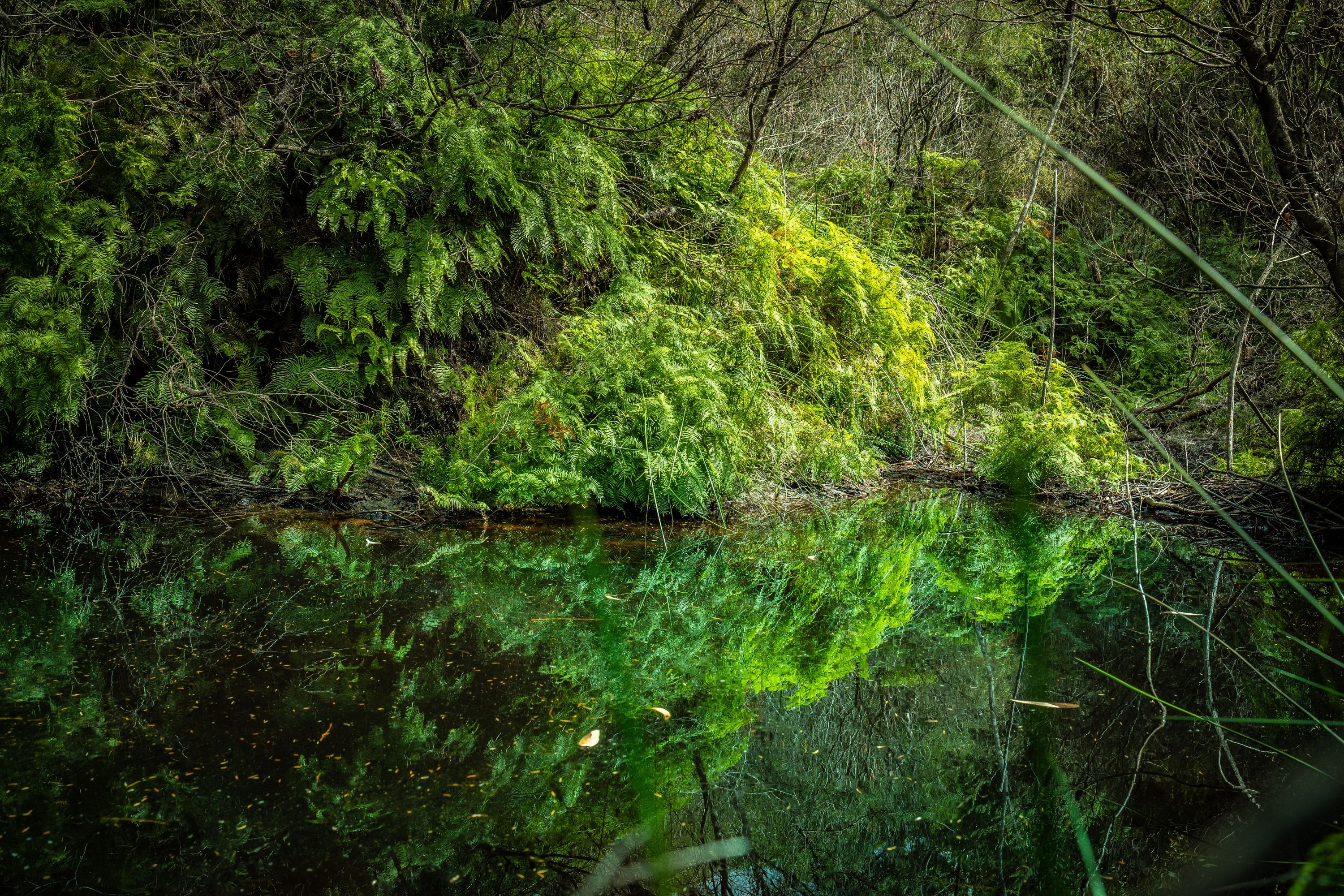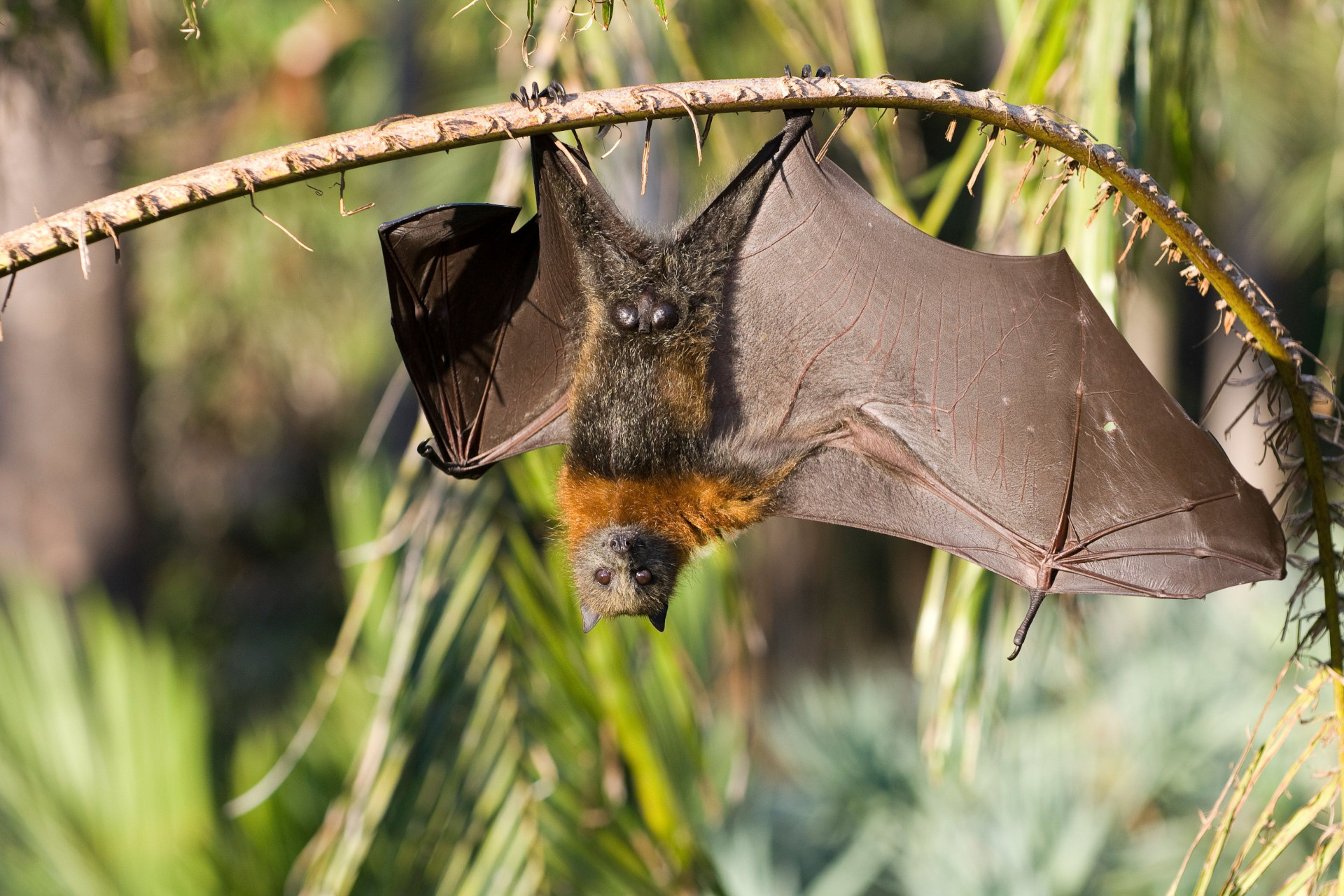Saving our Species explains: a threatened species
‘Threatened species’ is a term you are likely to be familiar with, but you might not know how a species gets the label, how the conservation response is worked out, or how you can get involved.
The term ‘threatened’ is used to categorise plants, animals and ecosystems within Australia that are at risk of extinction. The listing system used in New South Wales for species and ecological communities has 3 categories:
- Vulnerable, facing a high risk of extinction in the next 100 years
- Endangered, facing a very high risk of extinction in Australia in the next 20 years
- Critically endangered, species and ecological communities that face facing an extremely high risk of extinction in the next 10 years.
Being listed as threatened helps protect species. They then qualify for conservation funding and recovery actions and are covered by NSW and national land-use and planning laws. Read more on the threatened species process.
A species can also be presumed extinct. This is in situations where there is no reasonable doubt that the last member of the species in Australia has died.
How species become threatened
A range of factors cause a species to become listed as threatened. These factors are:
- a decrease in population size
- the species only occurring in a specific area
- lack of ‘mature’ individuals capable of reproducing
- a population of a species only occupying a particular area
- being an ecological community, which is a naturally occurring group of native plants, animals and other organisms living in a unique habitat.
Other factors are things like pests and weeds, climate change and habitat loss, which are just some of the key threatening processes facing native plants and animals.
What helps or hinders each species’ existence is different. Conservation strategies are developed for specific species to protect them for future generations and are based on the Saving our Species Framework.
Play a role in protecting threatened species
There are many ways you can get involved in protecting threatened species. You can:
- join local conservation field days
- sign up to volunteering opportunities
- get involved in citizen science projects
- have your say on threatened species listing decisions and government policy.
To get more information and stay updated with draft conservation strategies, visit the public register of Saving our Species conservation strategies.
Whether it’s planting a tree that helps feed the vulnerable glossy black-cockatoo or sharing conservation content (like this article), you can help raise awareness of the threatened native species living in your part of the world and truly make a difference – one article or planted tree at a time.



